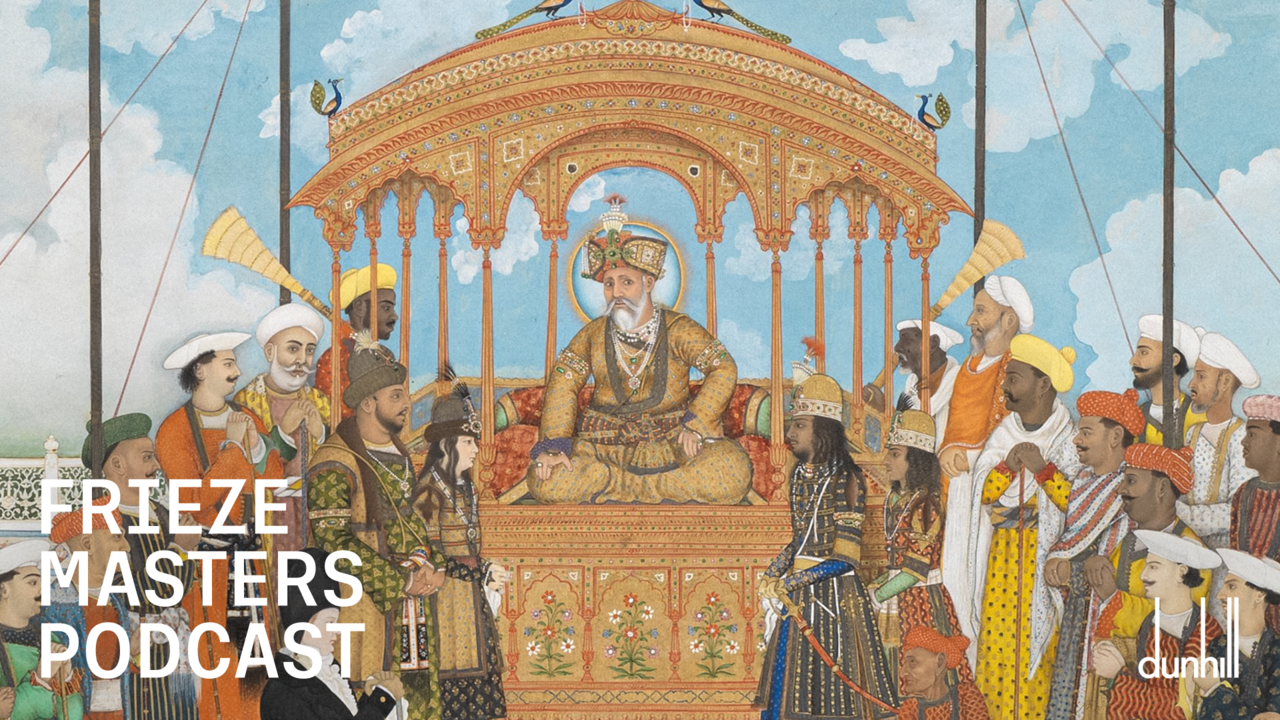JoAnn Verburg

With their investigations of time, place, potential and uncertainty JoAnn Verburg’s photographs can recall ideas addressed by experimental cinema. Two of the 60 works in this revelatory survey ‘Present Tense: Photographs by JoAnn Verburg’ involved moving images, including a paired gelatin-silver print and film of the same subject, but photography is her preoccupation. Over her 30-year career, working in colour and black and white, she has pursued series ranging from innovative portraits and luminous domestic scenes to complex, large-scale landscapes – many of them comprising multiple frames.
Early on, Verburg took her own path, studying photography with a sculptor, working with a variety of artists and writing a thesis addressing issues of time in photography. Especially formative was the Rephotographic Survey Project, which she initiated in 1977 with Mark Klett and Ellen Manchester. This involved re-photographing – from the same vantage point, with similar equipment and under comparable weather conditions – sites previously shot by iconic 19th-century photographers of the American West such as William Henry Jackson, then juxtaposing the gelatin-silver prints like snapshots taken moments apart. In Verburg and Klett’s Clear Creek Reservoir, Colorado (1977) the ribbon of water in the original photograph has swollen into a landscape-drowning reservoir. By making visible the intervening expanse of time, the paired photographs also point to what is outside the frame and the bracketed time period – everything about the site that cannot be depicted.
During the early 1980s Verburg began shooting group portraits extending across multiple frames. She also launched a series of striking images of friends floating in a swimming-pool, photographing them from above with a five-by-seven-inch camera. One of these pensive, unmoored models is a gracefully posed woman averting her face from a man depicted in another frame of the same diptych, After Giotto (1983), which alludes to a fresco in the Basilica di San Francesco in Assisi. Verburg has clearly been influenced by the proto-cinematic quality of Giotto’s dramatic scenes in their serial frames – his incorporation of time, sometimes by cutting off figures at the edges to suggest movement beyond the frame – and his affecting facial expressions, reverence for nature and emphasis on balance and clarity. Sleeping models in other works echo Renaissance Deposition paintings, just as her glowing multiple panes in colour photographs evoke altarpiece panels. In Underground (2005) a man dozing on a park bench – who appears to be her husband, the poet Jim Moore – stretches across the bottom of two Cibachromes; dead leaves fill a pair of photos above; and in two further images at the top, a stone wall and buildings are viewed through areas of sharp and soft focus. In this quietly moving work the figure lies beneath leaves and stones as though interred, or weighed down by an earthly reality at once tangible and dreamlike.
In her catalogue essay the curator Susan Kismaric notes: ‘Verburg’s journals are filled with drawings of Matisse’s odalisques and reclining figures of sleeping disciples in late-Byzantine and early-Renaissance paintings; such sketches are a common-enough exercise for a painter, but unusual for a photographer.’ Verburg’s palette (she now works only in colour) also seems informed by looking at painting. Fresco-like hues rippled through 27 works of varying sizes grouped together – the dusty-pink of a coverlet beneath a pair of feet, the pale umber of Jim’s sweaty torso. These glances towards the past, however, don’t compromise her sense of discovery through process.
The present also filters through in portraits of Verburg’s husband, in which he holds newspapers between his face and the camera, such as Terrorized (2006) and WTC (2003). As light shines through the paper, headlines levitate against his faint shadow, the images’ translucent layers pointing to what is happening up close and far away. Newspapers also lend meaning to still lifes, including Secrets: Iraq (1991), in which a glass mug casts shadow and refracted light onto a photo underneath, throwing Ben-Day dots into high contrast and causing ghostly soldiers and spiky desert foliage to emerge from smudgy shadows. Kismaric writes: ‘Domestic tranquillity has been rendered, but, according to Verburg, “The newspaper helps in these pictures to suggest a world outside the frame – invisible, simultaneous.”’
That world can be peaceful too. Since the mid-1990s Verburg has photographed Italian landscapes, including olive groves in Spoleto and holm-oaks, long considered sacred, on the nearby hilltop of Monteluco. Once again she manipulates areas of focus to reflect the movement of one’s eyes during the act of looking; she also includes multiple frames and life-size elements, which the viewer cannot take in all at once. As one looks around the shimmering sections of these works with their Cézanne-esque facets of colour, leaves almost seem to rustle, light to flicker.














